ArecRain (8 KP) rated Cable Left, Cable Right: 94 Knitted Cables in Books
Jan 18, 2018
As someone who has never knitted a cable before, this was a great book to start with. The first thing I noticed about this novel is how beautiful the images are. They are so clear and crisp that it is easy to see the stitching, a huge plus for any knitting book.
The book begins with explained what a knitted cable actually is and some terminology and charting symbols you should familiarize yourself with. I appreciated that the charting symbols not only came with the images but short little descriptions of how to do them. The book also explains other important symbols to know as well as different types of needles used. The best about this book? The step by step descriptions and images that went with each. As a visual learner, it was a great asset to me especially since I am not as familiar with knitting as I am crochet.
I couldnt have asked for a better book to try and learn cable stitches from. I have always loved cable stitches, and now I can finally knit my own!

Big Needle Knits: 35 Projects to Knit Using Super-Size Needles
Book
Explore the world of chunky knits with these fabulous, contemporary designs from knitting expert...
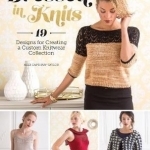
Dressed in Knits: 19 Designs for Creating a Custom Knitwear Collection
Book
Knit your own couture wardrobe!As a knitter, you know the appeal of creating a piece that can go...
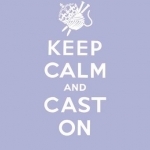
Keep Calm Cast on: Good Advice for Knitters
Book
Keep Calm and Cast On is a delightful pocket book full of quotes, quips and wit plus expert...
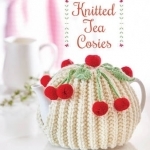
Knitted Tea Cosies
Book
Transform your humble teapot by knitting up a fun and fascinating cosy. Take your pick from this...
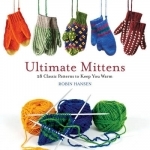
Ultimate Mittens: 28 Classic Patterns to Keep You Warm
Book
Filled with a wide array of classic knitting patterns, this book is, in essence, the ultimate mitten...
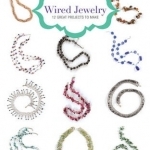
Wire Jewelry: 12 Great Projects to Make
Book
Learn how to make necklaces, bracelets and earrings that will perfectly match your outfits and be...
Haley Mathiot (9 KP) rated Mostly Mittens: Ethnic Knitting Designs from Russia in Books
Apr 27, 2018
Mostly Mittens starts off with a very interesting (brief) summary of the history of the Komi people, why they knit in the fair isle style, how the patterns came around, and lots of very interesting history about this fantastic art.
The book is basically all knitting graphs. A knitting graph is like graph paper with squares filled in to represent which stitch is knit in which color. There are basic instructions at the beginning of the book, then each pattern gives the tools needed and the graph, but the basic instructions are the same for all of them.
The patterns are all unique and intricate, but very easy to follow once you understand what you’re doing. Fair isle is very relaxing and fun, not to mention warm since the extra threads add a second, third, and at times a fourth layer of warmth to the mittens.
Many knitting books try to teach people how to knit, or try to offer pictures and explanations of certain more advanced stitches in knitting. This one does not—and it’s something I appreciate. The book is aimed for the educated knitter who knows how to use double-pointed needles, read a pattern, and understand the difference between a inc 1 and a M1 etc. It’s nice to read a book that is aimed for the level I’m at, rather than one that tries to take a brand-new knitter and make them a pro overnight. There is a list of abbreviations in the back, because all knitters abbreviate slightly different. There’s also a list of resources in the back.
My only complaint is that the basic instructions aren’t written in a very clear manner, nor are the instructions for the knit-on cast-on. Luckily the photos and drawings are wonderful, and you can pretty much understand the concept. Plus, if you’re using this book, you are already pretty experienced.
In the back there are four hat patterns, and instructions to take the mitten graphs and turn them into hats! With 36 mitten graphs, 4 sets of hats, and a million color variations, imagine what you could do with this book!
Basically, this book makes my fingers twitch and my mouth water. I’ve got to get me some fingering weight wool and size two double-pointed needles…
Recommendation: Intermediate to Experienced knitters who don’t mind using small needles. No size 15 for these! Size 0-3 are the ones you’ll use.
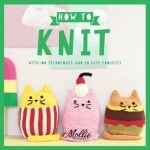
Mollie Makes: How to Knit: With 100 Techniques and 20 Easy Projects
Book
The complete guide to knitting with exclusive step-by-step projects, now in paperback. The team...
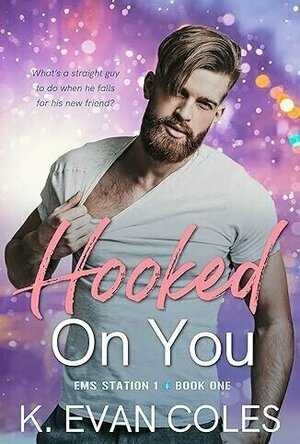
Hooked On You (EMS Station 1 #1)
Book
What’s a straight guy to do when he falls for his new friend? Paramedic Connor Devlin is a...
Contemporary MM Romance Series Friends to Lovers
